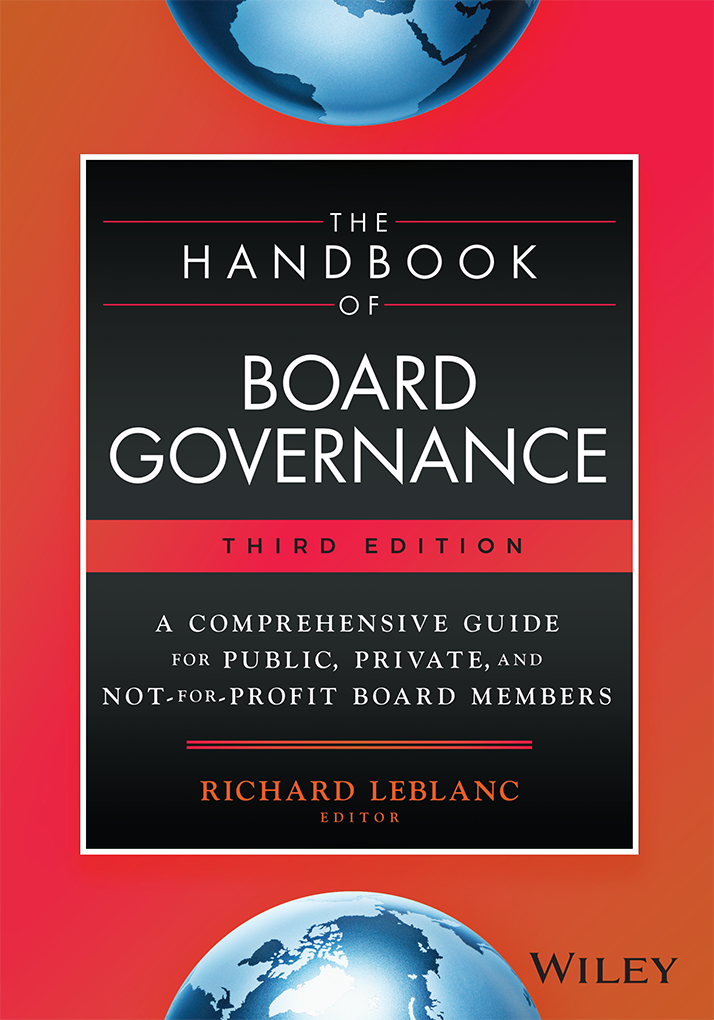Last week, I presented “eight traps” limiting the diversification of corporate boards. Here I present some proposed solutions.
Leadership by Shareholders
Major institutional shareholders should commit resources to develop an electronic registry of prospective directors based on skills, experience and attributes. The technology exists and doing so will begin the dialogue of shareholders proposing prospective directors. In Canada, the Canadian Coalition for Good Governance (“CCGG”) and Ontario Teachers Pension Plan Board should develop registries. See how CalSTRS and CalPERS have done it.
Investor groups should propose model diversity policies, with best practice language, for investee boards to adopt, similar to what was done for majority voting and say on pay. Women and minority groups should be explicitly mentioned in the policy.
Leadership by Companies
Companies should disclose how prospective directors are assessed for board membership. This disclosure should include the use of a competency matrix, assessment of skills and experiences, candidate origination, advertising of board vacancies, short-listing, interviews, recommendation to shareholders, and mentoring and on-boarding practices. This disclosure should be public and on the company’s website.
Companies should adopt self-objectives for diversifying their board and senior management team, and disclose to shareholders progress in this regard annually.
Leadership by Regulators
Regulators should consider imposing a tenure limit of 9 years on company boards, as is done in other countries, including the UK, Singapore and Hong Kong. Regulators should provide guidance to companies on defining diversity and its benefits, including on debate and decision-making within the boardroom.
Regulators should provide guidance to companies on the transparency and disclosure of director nomination practices (see above), and give greater consideration to the role of investors can and should play in selecting and removing directors.
Leadership by Search Firms
Search firms should develop and adopt a rigorous and readily disclosed firm- or industry-wide code of principles and practice. The code should address methods firms use for validating candidate competencies; initial selection, short-listing and recommendation practices; conflicts of interest; confidentiality; remuneration policy; client loyalty; quality of service; assurance controls; and enforcement.
Leadership by Industry Associations
The National Association of Corporate Directors (“NACD”), Institute of Corporate Directors (“ICD”) Institute of Directors, and large shareholder associations (including pension plans and unions) should disclose CEO/President succession plans (referencing the skills and experience of the next CEO); the total compensation of the incumbent CEO; and the internal pay equity ratios of other officers within the organization. This disclosure is regarded as best practice for listed companies, and director and shareholder groups should follow suit. Such disclosure would provide member information and interest prospective CEOs (internal or external). The CCGG, NACD and ICD nominating committees should give consideration to appointing a next female or minority CEO with a value creation background (e.g., investor or entrepreneurial) as opposed to a compliance one (e.g., accounting or legal).
Industry associations should develop robust competency matrixes for company boards to use in selecting directors.
Some of the above suggestions may be controversial, but different models and techniques are needed if progress is to be made.
Posted by Richard Leblanc on Jul 16, 2012 at 4:26 pm in Diversity, Shareholder Accountability, Women on Boards |












